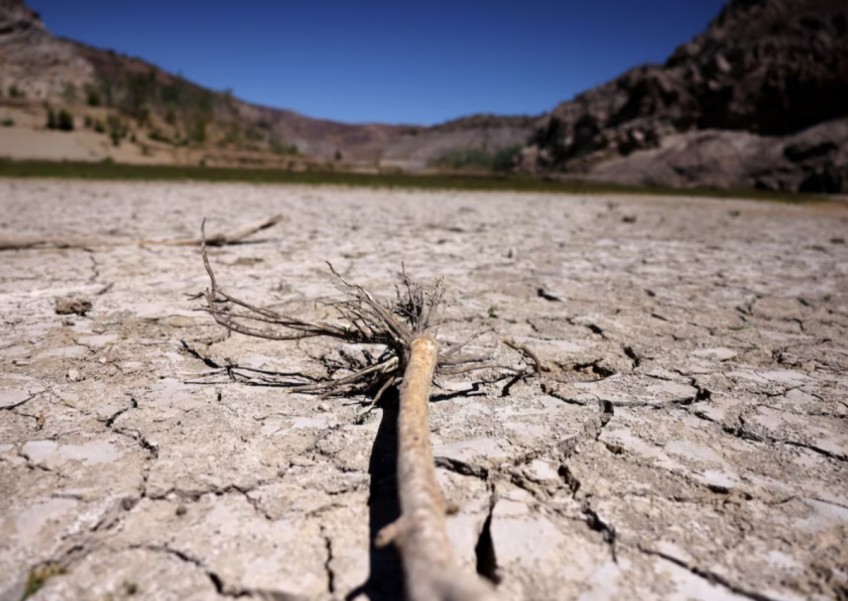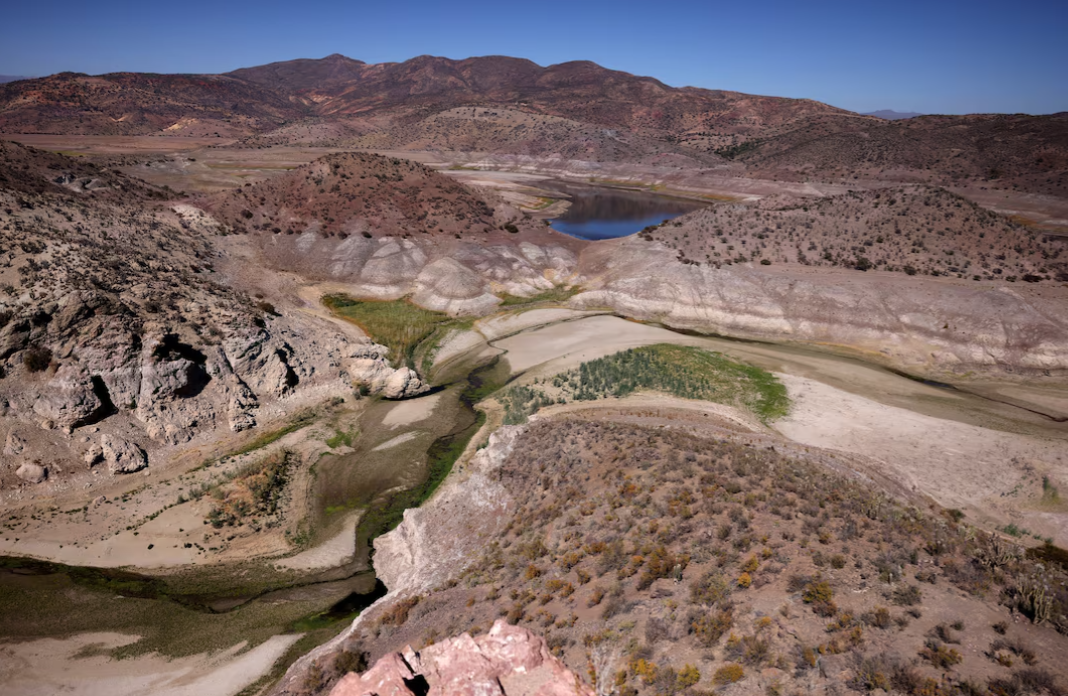Persistent drought is drying out Chile's drinking water


SANTIAGO — After 15 years of a devastating drought, reservoirs in Chile are running dry, imperilling access to drinking water in the Andean nation.
The Cogoti reservoir in the Coquimbo region of northern Chile, a basin with a capacity of 150 million cubic has completely depleted as the southern Hemisphere summer comes to an end.
"The water situation is critical, I hope God remembers the rural poor and farmers," said Heriberto Perez, a local resident who raises livestock in the region and worries about how little water there is for his animals.
"We're all human beings and we have to have a little bit of water, right?"
The historic drought has impacted nearly ever aspect of life in the copper-rich nation, affecting everything from mining output to green areas in the capital.
The World Resources Institute has Chile ranked as one of the most water stressed countries in the world, with a risk it could run out of water supply by 2040.

While rainfall helped replenish some reservoirs in central and southern Chile this past winter, the north remained parched, sapping reservoirs throughout the region.
"It hasn't rained in our zone, it's been years of very little rain," said Rene Carvajal, president of a local rural drinking water committee in Coquimbo.
Carvajal said that one year it only rained 15 millimetres and there was no snow in the Andes mountain range in the region last year.
"We could immigrate but we're going to find the same water situation, the lack of water in other cities too," Carvajal said. "There's going to be water restrictions in the city too, water is scarce here and all over the region."
ALSO READ: Catalans face carwash bans, swimming pool restrictions over record drought